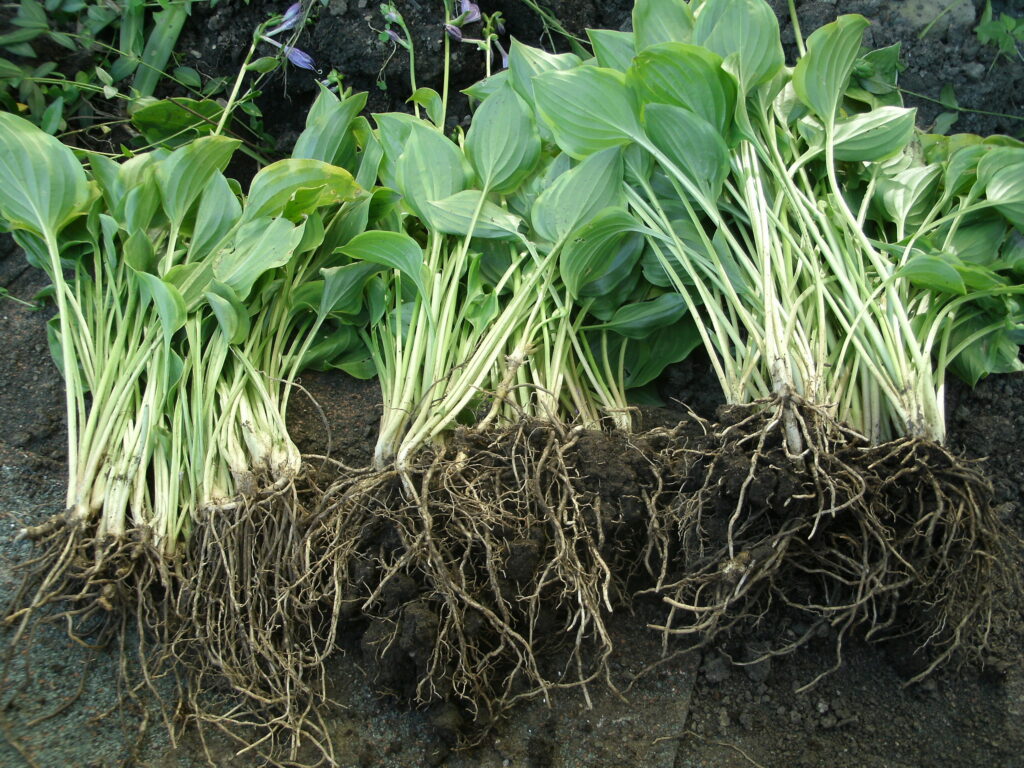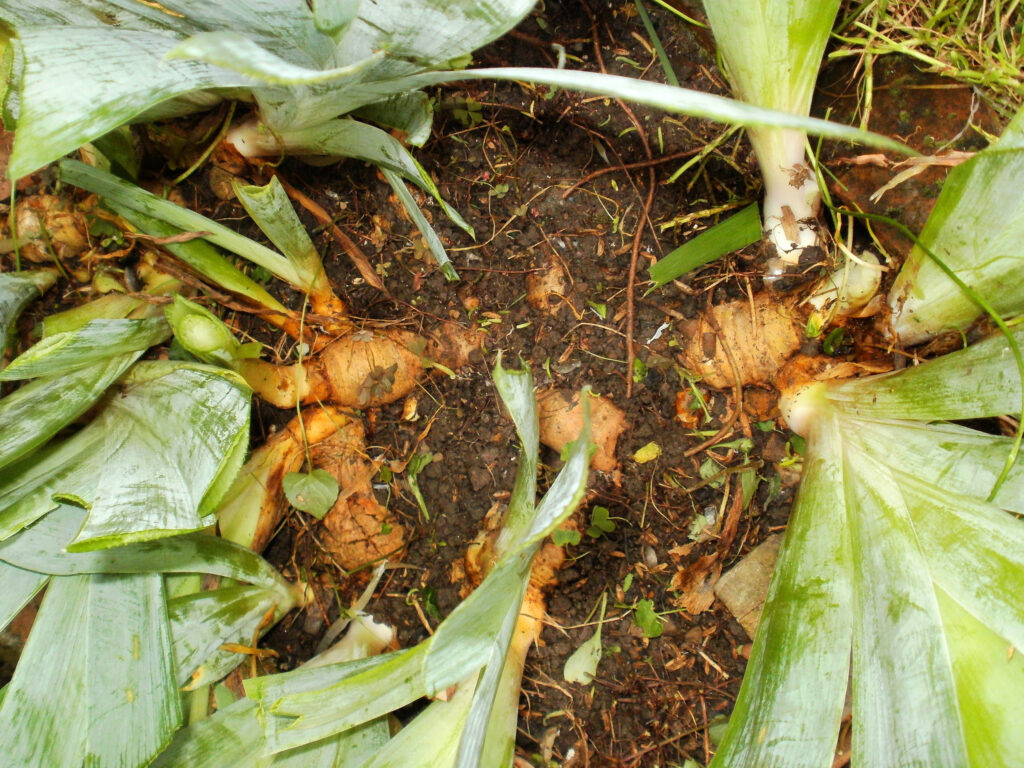The when and how of outdoor plant propagation
Season, getting started, method and aftercare. Regular perennial division will ensure strong, robust plants that will produce year after year. Additionally, it gives you the chance to grow more plants.
Meaning of dividing in gardening
Separating a plant into several smaller new plants: works well for increasing ground-covers, clump-forming perennials, bulbs, and tubers. You can also divide ornamental grasses and suckering shrubs, as well as houseplants and herbs.

To learn more about hosta propagation, check: Dividing and Transplanting Hostas.
Season
The best time to divide garden plants is when they are dormant. In general, divide spring and summer-blooming plants in the fall, and fall-blooming plants in the spring.
Getting started
The key to propagation through division is starting with a vigorous parent plant. If the soil is dry, water the plant thoroughly the day before. Whenever possible, wait for cool, cloudy weather (or at least evening) to reduce moisture loss from the plant during the process.
Method
Lift from the soil with a fork or spade. Separate clumps by pulling off the vigorous young plantlets, discard the woody center growth. Make sure that each piece you remove has it’s own root system. Otherwise, new divisions won’t grow.

Aftercare
Replant divisions as quickly as possible, to the same depth as the original plant, and water them thoroughly. For a successful propagation mulch the fall divisions well to protect the developing roots from frost.